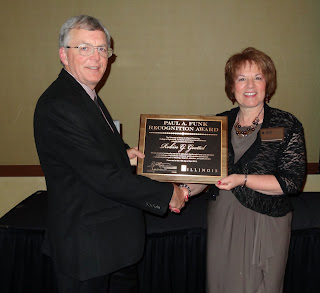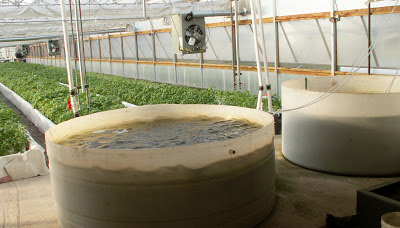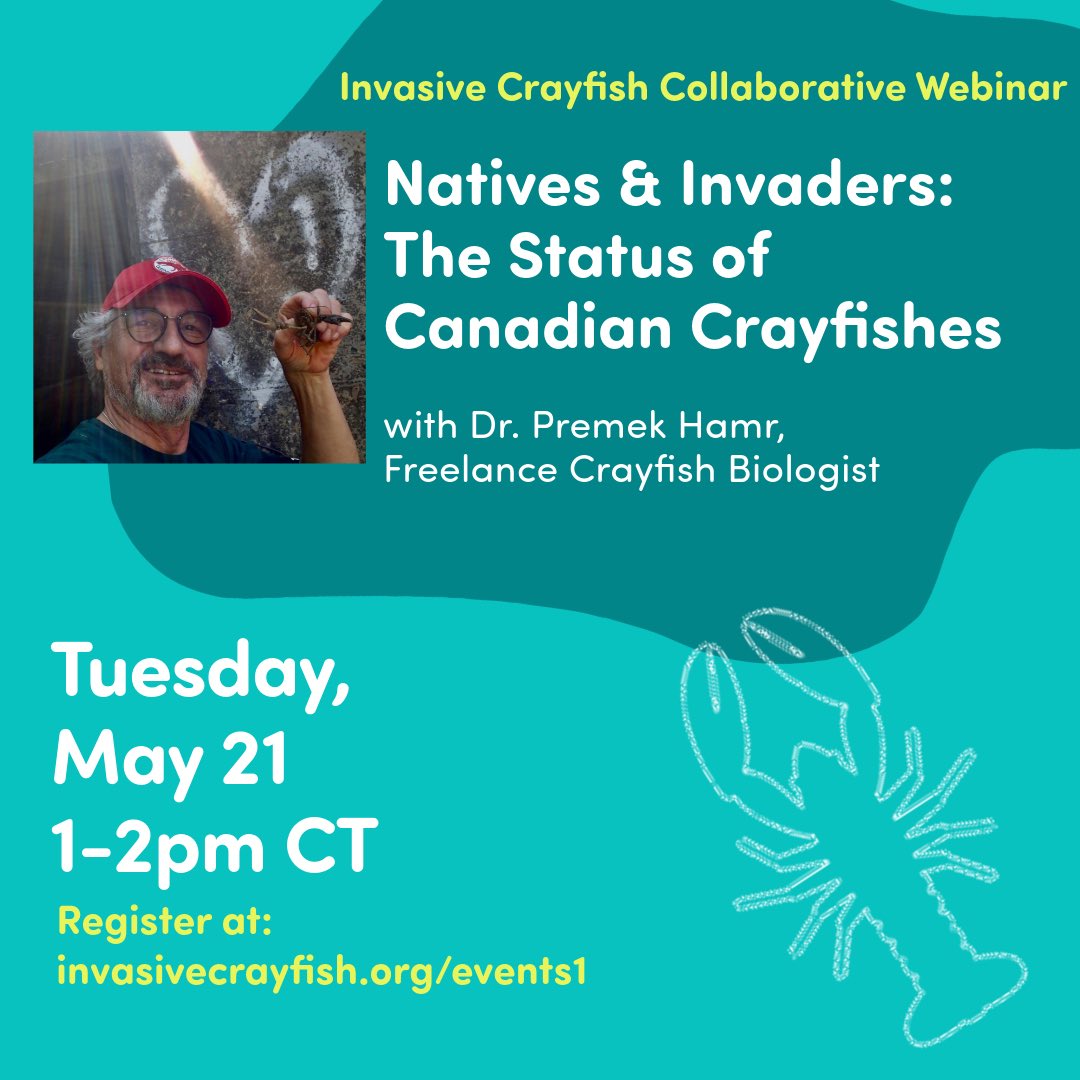Category:
Student art contest focusing on Asian carp announces winners
August 23rd, 2013 by Irene MilesUniversity of Illinois researchers develop model to track Asian carp eggs
August 7th, 2013 by Irene MilesResearchers at the University of Illinois, working with the USGS and funded in part by Illinois-Indiana Sea Grant, have developed a modeling system that will help manage and prevent the spread of invasive Asian carp.
From Phys.org:
“The model, called Fluvial Egg Drift Simulator (FluEgg), follows a clutch of eggs over time as they travel downstream. Since carp spawn in turbulent waters, they seek places such as dams and spillways. To establish a large population in the Great Lakes, the carp would have to leave the lakes to spawn in the tributaries where the water moves rapidly, usually downstream from dams and spillways, where there is a lot of turbulence. The eggs have to stay suspended in the current to hatch – if they settle on the bottom, they die.‘The challenge is, of all those million of eggs, how many of those end up hatching?’ said Marcelo Garcia, the U. of I. professor of civil and environmental engineering who led the project. ‘Our challenge has been to find a way to simulate this process from the spawning point all the way downstream. If the eggs are not kept in suspension, they will not be viable and they will die out. We have a model to look at certain streams – like tributaries to the Great Lakes – and figure out whether those streams are potential areas for Asian carp to reproduce. I think we have put together a tool that is going to be eye-opening, to say the least. It’s going to be a lot easier to visualize the transport and the conditions you need for hatching.'”
Blue Island stormwater program gets major recognition
June 7th, 2013 by Irene MilesWith such a rainy and flood-producing spring, one’s thoughts may just turn to something practical–rain barrels. Let’s look back on last fall’s rain barrel project in Blue Island.
Illinois-Indiana Sea Grant was one of five lead partners in the “Blue Island, Blue Water” community-based program designed to reduce stormwater overflows and flooding issues in the Chicago suburb. Over the course of the project, more than 140 volunteers installed rain barrels at 33 different residential locations and three institutional buildings. Additionally, more than 1000 plants and nearly 100 trees were planted to help improve water management and beautify neighborhoods at the same time.
“Keeping water out of sewers also reduces run-off, which in turn reduces pollution in the Cal-Sag Channel. The Cal-Sag is an increasingly popular destination for Chicagoland kayakers and nature lovers, but the channel requires a strong commitment to water quality, since it runs through densely built residential and industrial areas that are potential sources of pollution. Thus, stormwater management in Blue Island represents a key effort in which ‘local, state and county governments work together to really make an impact in our neighborhoods,’ according to (zoning administrator and director of special projects Jason) Berry.”
The “Blue Island, Blue Water” project was also chosen as a 2012 Millenium Reserve Model Project. The project’s inclusion also makes it part of the President’s “America’s Great Outdoors Initiative,” which helps align federal efforts and funds with conservation and recreation projects on the local level where they can make real and immediate impacts. You can learn more about the project at the links above and at this ABC 7 news report from earlier this year. And read more about the Millennium Reserve’s place within the initiative here.
IISG staff share proper pharmaceutical disposal info at U of I health fair
April 23rd, 2013 by Irene Miles IISG science writer Anjanette Riley was in attendance at the University of Illinois’ Student Health Fair April 17 and sent in this post about the event.
IISG science writer Anjanette Riley was in attendance at the University of Illinois’ Student Health Fair April 17 and sent in this post about the event.
At a booth in the heart of the Student Health Fair held yesterday at the University of Illinois Urbana-Champaign, one important question could be heard throughout the day: If I shouldn’t flush them down the toilet, what am I supposed to do with my unused medications?
 “People get the “Don’t Flush” message,” said Kammin. “But it isn’t common knowledge yet that putting our unwanted meds in the trash just delays their trip to local water supplies. These students really got that message.”
“People get the “Don’t Flush” message,” said Kammin. “But it isn’t common knowledge yet that putting our unwanted meds in the trash just delays their trip to local water supplies. These students really got that message.”IISG’s Robin Goettel receives the College of ACES’ most prestigious award
April 22nd, 2013 by Irene Miles |
|
| IISG Director Brian Miller congratulates Robin on her award |
Robin Goettel, Illinois-Indiana Sea Grant’s associate director for education, was recently recognized for her career-long commitment and contributions to improving natural resources.
IISG brings important aquative invasive species info to high school fishing tournament
April 10th, 2013 by Irene MilesWhile parents, coaches, and friends gathered around to watch high school anglers show off their catch from a fishing tournament held early this week, IISG’s Sarah Zack was onsite to introduce competitors and on-lookers to simple practices that can prevent the spread of aquatic invasive species (AIS). Hosted by the Illini Bass Fishing Club, the event brought high school clubs from across Illinois to Clinton Lake on April 7 to see who could catch the most and the biggest bass. The tournament, one of few held at the high school level each year, gave IISG’s AIS outreach team an important opportunity to talk with young anglers about the threat of AIS to local waterways.
During the few hours that IISG was onsite at Clinton Lake, Sarah talked with dozens of anglers and boaters from across Illinois. Frequent announcements from the tournament emcee also reminded the audience of the negative impacts AIS can have on the health of aquatic environments. Many of the people who visited the IISG booth had heard about Asian carp. But fewer people knew about the need to remove, drain, and dry all equipment after a day on the water. Most were also interested in learning about a new Illinois law that makes it illegal to drive with plants or mud still clinging to boats and trailers.
“These anglers want to make sure they’re doing their part to prevent the spread of AIS because they know that is an important part of preserving the sport of fishing for the future,” said Sarah. “It is encouraging that the message is being embraced. I was especially excited to work with the Illini Bass Fishing Club because of their commitment to AIS prevention.”
“We started this because we wanted to show kids in high school that if they care about fishing enough, and work hard enough, they can take it somewhere,” said Luke Stoner, executive administrator for the club. “What we really like to see are smiling faces and big old bass.”
This year, 134 students fought to catch the most and biggest fish. For many of the teams, the tournament marked their first day on the water this season. But after months of casting practice and learning how to “flip and pitch” the lure to trick the bass into biting, the student anglers were prepared.
Three teams brought in bags of fish weighing more than 17 lbs, and three fish came in at over 6 lbs. Their successes at this event will help students qualify to compete in sectional and state competitions slated for later this year.
In the news: Aquaponics could revolutionize urban eating
March 11th, 2013 by Irene MilesIllinois-Indiana Sea Grant, along with several other Sea Grant programs, universities, and researchers, have been involved in advising and establishing a number of aquaculture operations in the U.S. and around the world, including some aquaponics facilities. This video from our friends at Purdue University provides a terrific amount of detail about aquaponics and how the process could help sustainably grow food.
With the ability to grow plants and fish in a mutually beneficial system, aquaponics presents an especially viable and sustainable option to provide healthy and locally grown food for urban areas.
From The Atlantic Cities:
“Aquaponics is a method of combined fish and vegetable farming that requires no soil. The farmer cultivates freshwater fish (aquaculture) and plants (hydroponics) in a recirculating water system that exchanges nutrients between the two. Wastewater from the fish serves as organic fertilizer for the plants, while the plants clean the water of fish feces and urine. The net result: a 90 percent reduction in freshwater use compared with conventional fish farming, and a significant reduction in added nutrients such as fossil fertilizers. The system can be run without pesticides and, because the fish environment is spacious and clean, without antibiotics…In the lab, the pumps made gushy sounds at regular intervals. The water dripped. As the plants’ leaves evaporated moisture, I could hear the place breathe. I picked a ripe, red tomato from a vine. This lab, I sensed, could morph into an urban oasis: a lush, breathing organism inside the city. Unlike static green spaces like parks, this would be an actual farm as well as a place of tranquility in the city — not to mention a space that could generate the food to feed that city, with minimal harm to the environment or human health, just steps from residents’ tables.”
Follow the link above to the complete article, and visit our aquaculture webpage for more information.
SeaPerch workshop brings underwater robotics to the classroom
February 4th, 2013 by Irene Miles SeaPerch, a program that brings underwater robotics to classrooms and demonstrates how they can be used for educational purposes, recently held a workshop at the University of Illinois Hydrosystems Laboratory. IISG’s Robin Goettel and Terri Hallesy were among the presenters and they shared a number of educational materials that teachers could combine with their classes’ underwater robots.
SeaPerch, a program that brings underwater robotics to classrooms and demonstrates how they can be used for educational purposes, recently held a workshop at the University of Illinois Hydrosystems Laboratory. IISG’s Robin Goettel and Terri Hallesy were among the presenters and they shared a number of educational materials that teachers could combine with their classes’ underwater robots.  Over lunch, participants interacted with U of I graduate students in engineering to discuss research topics and applications for their in-class lessons. Robin and Terri shared educational resources including two COSEE Great Lakes curriculum collections, Greatest of the Great Lakes: A Medley of Model Lessons, and a Fresh and Salt activity, “I, Robot, Can Do That!”
Over lunch, participants interacted with U of I graduate students in engineering to discuss research topics and applications for their in-class lessons. Robin and Terri shared educational resources including two COSEE Great Lakes curriculum collections, Greatest of the Great Lakes: A Medley of Model Lessons, and a Fresh and Salt activity, “I, Robot, Can Do That!” During the afternoon session, a live demonstration of the SeaPerch robot was conducted and teachers had an opportunity to operate the SeaPerch robots in the large-scale laboratory facilities.
IISG’s Robin Goettel’s years of service lead to U of I award
February 1st, 2013 by Irene MilesThe Paul A. Funk Recognition Award provides a personal award to the winner as well as funds for their department to use in support of their work benefiting natural resources and human environmental systems.
This year, Illinois-Indiana Sea Grant’s Robin Goettel won the award for her extensive educational outreach work, including the creation of numerous curricula for science teachers and others. In particular, the Fresh and Salt curriculum, the Greatest of the Great Lakes collection of model lessons, and The Medicine Chest have helped to inform, engage, and education over 100,000 students about environmental science related to the Great Lakes.
Robin isn’t afraid to get totally immersed in her environmental education work either, as this excerpt from her nomination proves:
“No description of Robin would be complete without a mention of Zelda the zebra mussel, a ‘spokesmussel,’ as Robin describes her. Zelda is a costume that Robin is not afraid to pull out at public events. While maybe not quite ready for Disneyworld, Zelda draws a crowd. People start with a laugh, are compelled to ask questions, and end up with a better understanding of invasive species for the unconventional approach.”
Those examples don’t begin to touch on the work that Robin has engaged in throughout her many years with the program–from direct engagement with students of all grade levels, to educational displays at some of the Midwest’s biggest events, to forging partnerships with other environmental organizations to better educate, inform, and engage people in protecting and preserving natural resources.
Recent News
- Illinois Conservation Police Officers dive into AIS workshop during spring meeting
- Aquatic Invasive Species Specialist Greg Hitzroth wins ILMA Lake Guardian Award
- Cooperative Lake Michigan research effort focused on critical management issues and knowledge gaps
- IISG announces intern opportunites with Shedd Aquarium, National Park Service, and Chicago Wilderness
- IISG finds new approaches to help communities and others make informed decisions
IISG Tweets
Categories
- Aquaculture
- Aquatic Invasive Species
- Buoys
- Climate Ready Communities
- Director's Blog
- Education
- Featured
- Fellowships
- Fisheries
- Funded Research
- Funding
- Great Lakes Cleanup
- Great Lakes Data
- Healthy Waters
- Internships
- Jobs
- K-12 Education
- News
- Photos
- Program
- Recreation & Tourism
- Resources
- Sea Grant Scholars
- Stormwater & Green Infrastructure
- Sustainable Community Planning
- The Helm
- Uncategorized
- Video
- Water Supply







